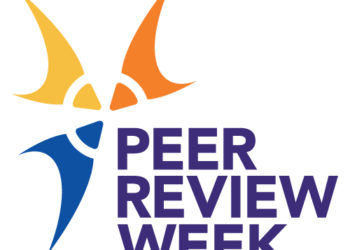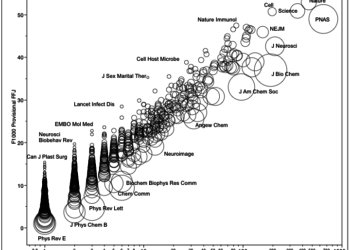Chart of the Day: How Science Stacks Up in the US Budget — from an Atlantic article entitled, “The Innovation Nation vs. the Warfare-Welfare State“:

Discussion
3 Thoughts on "Chart of the Day: How Science Stacks Up in the US Budget"
This is a bad graph. It leaves out most of the 20+ agencies that do basic research, and excludes applied research. For example, DOE’s Office of Science does $5 billion in mostly basic physical science, equal to NSF’s research budget. The federal basic research budget is about $60 billion, which is a lot. Adding applied R&D takes it well over $200 billion, probably close to the Medicaid budget, but then the graph loses its punch. Note too that basic research typically pays off, if at all, in 30 years or so, so we are talking about the economy in 2040, not now or soon. Basic research and innovation have little to do with one another.
Fortunately basic research is doing pretty well in the present budget crunch, but hyping it does not help.
If you tried including a bar for arts and humanities (NEA and NEH) on this chart, it would be all but invisible!




